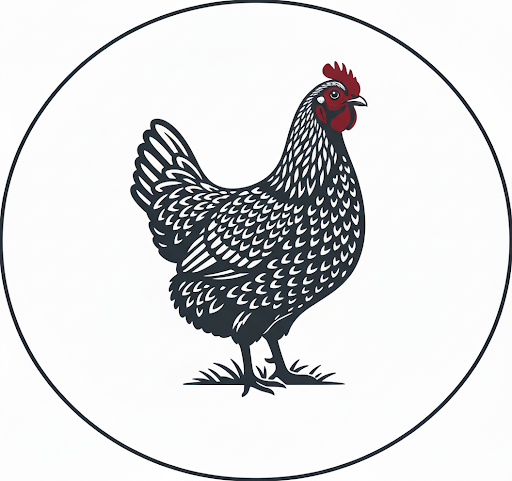Don't let a changing climate ruffle your chickens feathers! What I have been doing to mitigate the extremes of weather.
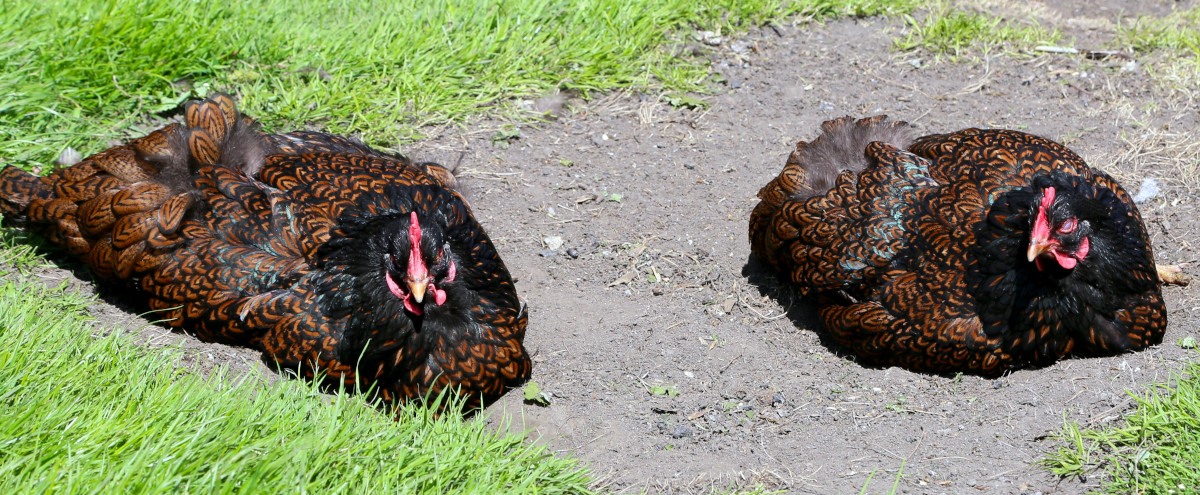
Chickens adapt well. Their ancestors survived jungles, deserts, and mountains before we domesticated them. Today poultry has a multitude of new challenges, they face rising (or falling) temperatures and unpredictable weather.
Table of Contents
In the past few years, I’ve watched the weather change—and so have my chickens. Warmer, wetter winters. Longer dry spells. Fiercer storms. Climate change isn’t just a distant headline; it’s reshaping daily life in my chicken run.
What is changing:
I have noticed that winters are warmer and wetter and that despite being cloudy more often and there is less rain overall.
Below: My chickens spend more of their winter under cover than they used to in the past.
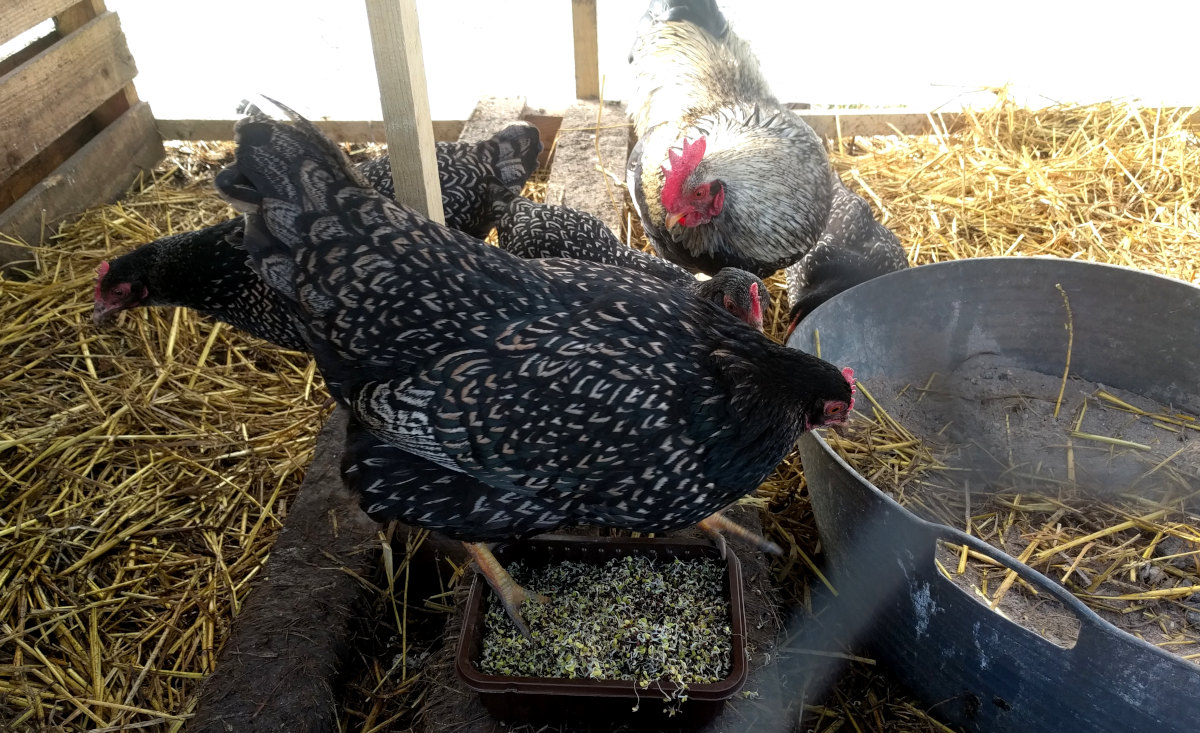
Where I live we are tending to have longer hot dry spells and when the rain does come it happens all at once.
How climate change affects chickens and their keepers:
- Heat stress is a biggie: Chickens don't sweat like us. They rely on panting to cool down. When it gets too hot, they struggle. We see this in reduced egg production and general lethargy. Think of it like trying to run a marathon in a woolly jumper.
- Storms, damp and floods: Wetness is a big problem all round for hens. Wetter conditions also promote fungal growth in bedding, increasing the risk of respiratory issues like aspergillosis.
- Insects, animals and predators: Some animals ranges are expanding north bringing new challenges for residents.
- Feed Availability and Cost Spikes: Climate change disrupts crop yields for grains like corn and soy, key components of chicken feed. Droughts or floods can lead to shortages, driving up feed prices.
- High winds: Wind can devastate coops and leave our birds vulnerable. If there is one thing my chickens dislike it is having their feathers blown the wrong way in a gale.
- Disease Spread and New Pathogens: Warmer climates and changing precipitation patterns expand the range of disease-carrying pests like mosquitoes and ticks, introducing new poultry diseases to regions previously unaffected. For instance, avian influenza outbreaks may become more frequent as migratory bird patterns shift.
- Continuous sunlight: The red parts of comb and face of chickens are bare skin can get badly burned in the sun, just like human skin.
- Droughts: Less forage, dry soil, and a lack of water can impact a chicken’s health and egg production.
- Vermin and parasites: Vermin will exploit every opportunity and parasites may spread and be found in grater numbers.
- Lack of frost and freezing conditions: This might seems very strange but here in the north of England we have had a series of wet and damp winters with no ice to knock back the pests, leading to a parasite buildup.
- Regulatory and Community Pressures: As climate impacts intensify, local regulations may tighten around water use, waste management, or land use for poultry keeping, especially in urban areas.
- Behavioural Changes from Seasonal Shifts: Erratic seasonal patterns, such as shorter winters or prolonged wet seasons, can disrupt chickens’ natural rhythms. For example, extended daylight from unseasonable weather may cause hens to over-lay, leading to physical exhaustion or early burnout. Conversely, sudden cold snaps in warming regions can catch keepers off-guard, as chickens may lack sufficient feathering or coop insulation.
Studies show chickens can handle heat up to 85°F before they start panting like marathon runners.
Below: All this warm bright sunshine may look idyllic but too much can be a problem.
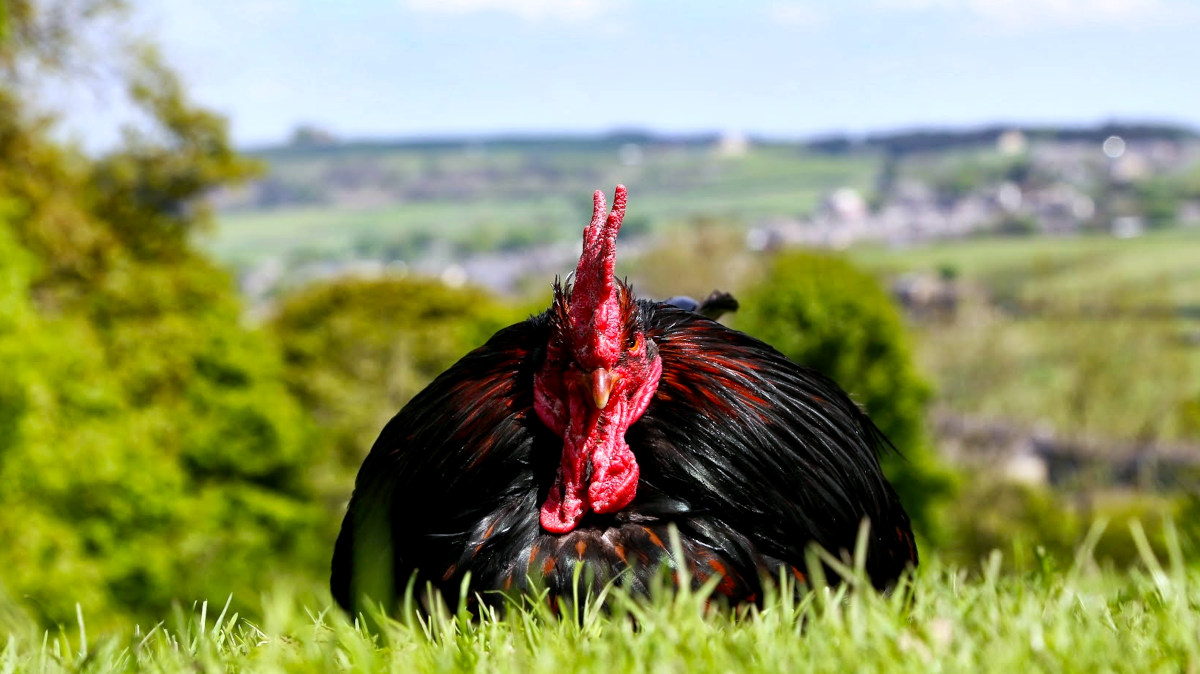
Beyond this point it begins to affect their well-being and can lead to a fall in egg numbers or even heatstroke.
How to help your chickens adapt:
Us keepers can step up. Small practical and sustainable tweaks make a big difference. Here’s is some solutions that work:
Provide shade and ventilation:
During heatwaves, shade is your chickens’ best friend. Planting fast-growing shrubs, using shade cloth, or even re-purposing an old patio umbrella can give them a cool spot to rest.
Below: We know that green and overgrown spaces are cooler by as much as 15 Celsius (60 F).
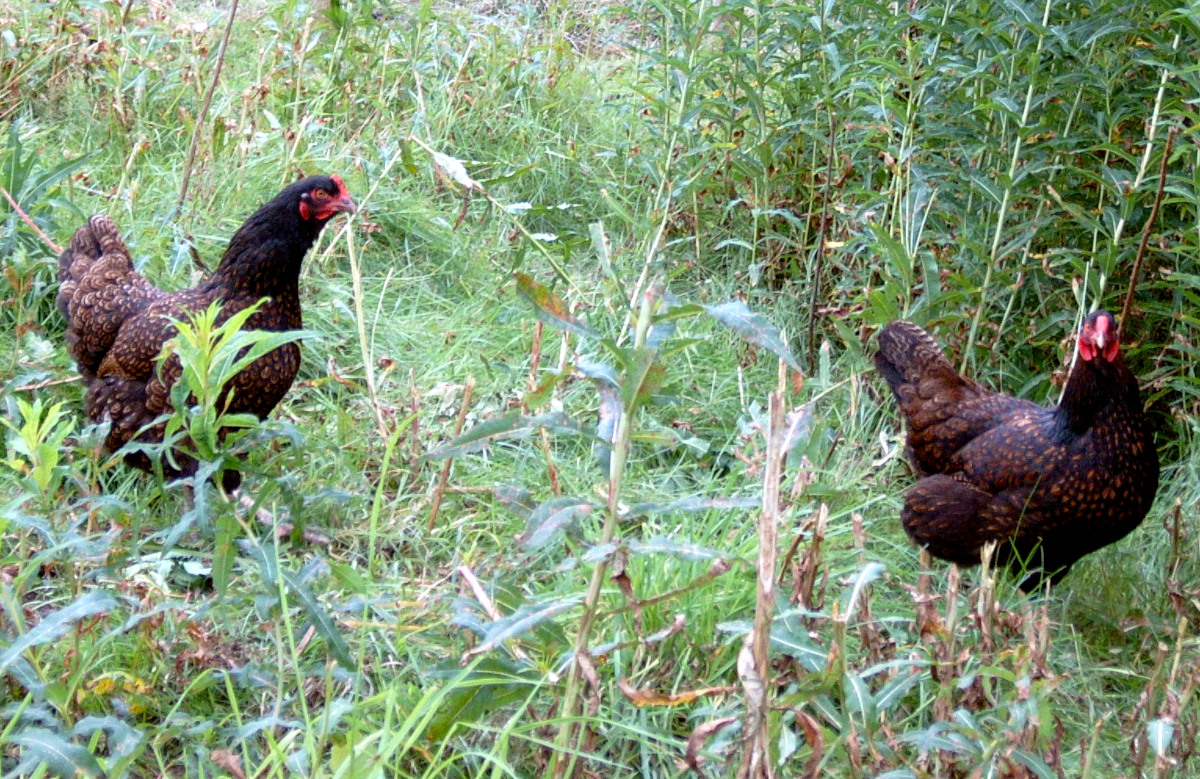
Good ventilation in the coop will also help keep things from turning into a poultry sauna.
Learn the symptoms and treatment for heatstroke in chickens. Signs include panting, lethargy, drooping wings, and decreased appetite. Move affected birds into the shade and provide cool fresh water. You can stand the birds in water but never shock them by immersing them in water.
Keep water fresh and plentiful:
On hot days, chickens can guzzle water like they’re at an all-you-can-drink buffet. Make sure their water stays cool by placing it in the shade and adding ice cubes if necessary and always have more than 1 source of fluids. I freeze water bottles and drop them in their troughs.
You can also add tiny doses of electrolytes to help them stay hydrated. Remember chickens don't sweat like humans and won't lose salts in this way.
Another way to help in the heat is to feed a few frozen blueberries, peas and/or sweetcorn to chickens to help keep them cool
Embrace heritage breeds:
If you’re thinking of adding to your flock, consider choosing heritage breeds known for their resilience. Sussex, Rhode Island Reds, and Barnevelders are all hardy, dual-purpose birds that can handle a range of conditions.
Choose upright light Mediterranean breeds like the Ancona for warm and dry climates and large soft feathered types like the Marans for cold and damp conditions.
Rare breeds, the old-timers of the chicken world, often have an edge. They've evolved over centuries, often in specific regional climates. This means they possess natural adaptations. Modern hybrids, bred for high egg production, sometimes lack this hardiness and resilience.
Below: White egg layers are better suited to hot climates.
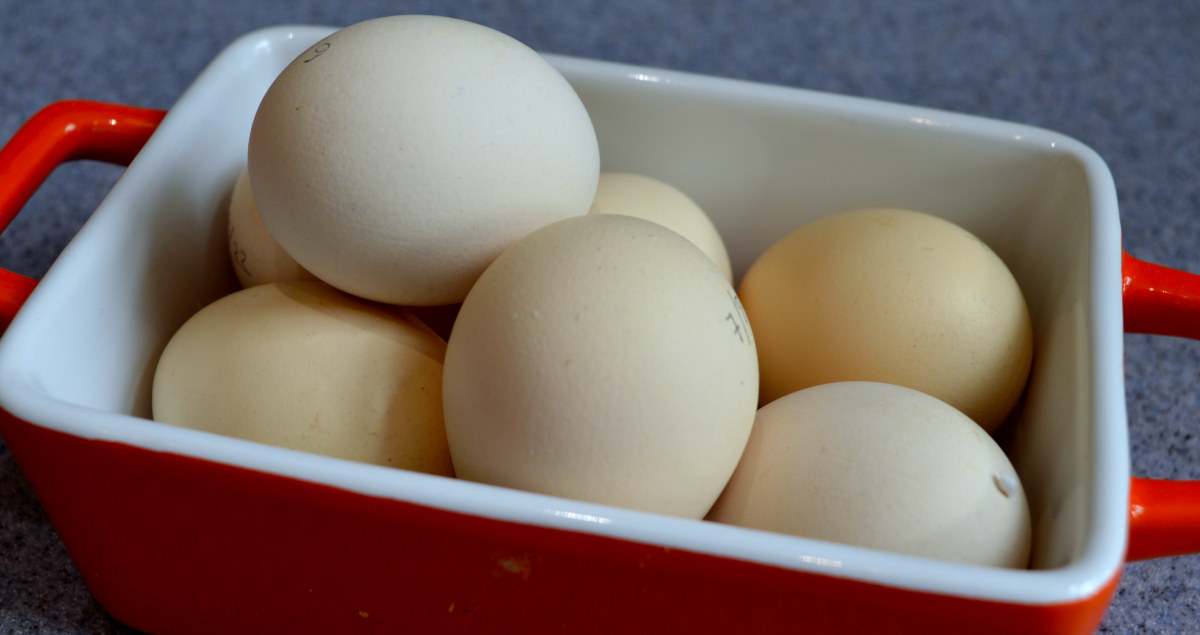
Rare breeds might hold the key. Birds like the Barnevelder, Dorking, or Sussex come from old-school stock. They evolved before factory farming bred chickens for speed and size. These heritage hens carry diverse genes.
Deal with predators and parasites continually:
As warmer, wetter winters and milder conditions persist, chicken keepers are likely to see an increase in parasites like red mite, lice, and worms, as well as vermin such as rats and mice. Without hard frosts to knock back pest populations, infestations can build up year-round.
Below: This is a red poultry mite, they are likely to become more of a problem in the future.
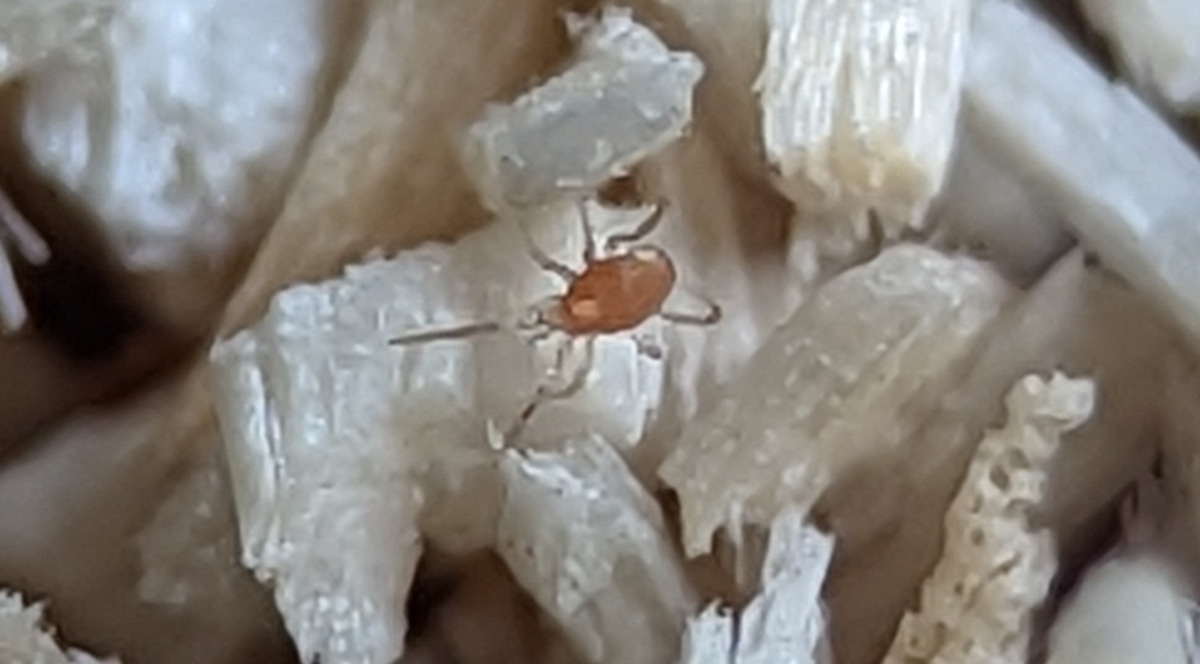
It’s more important than ever to maintain regular cleaning routines, use any and all methods you can such as Diatomaceous earth or herbal repellents, and rotate bedding materials to disrupt parasite life cycles.
Securing feed stores in metal bins and removing food scraps promptly will help deter rodents, while setting up barriers or traps around the coop can reduce access. You may need to add a solid concrete base to coop floors to prevent tunnelling.
Luckily I have not yet has to deal with new predators but pressure on the habitat of existing ones is making them brazen in their hunt for food. I have started to use poly-tunnel (hoophouse) frames covered in mesh to keep predators out.
Vigilance is key—check birds regularly for external parasites and monitor droppings for signs of worms, treating promptly to prevent outbreaks from escalating.
Adjust feeding habits:
In extreme weather, chickens may eat less or more, depending on the temperature. If you haven't already consider switching to a pasture based rearing system, these are known to be more resilient and regenerative.
Offer high-quality feed and supplement it with foraged greens, kitchen scraps, or even chilled fruit on hot days. (Chickens love a watermelon snack—they’ll peck it clean in no time!)
Below: My costs have gone up, feed is much more expensive and I have to buy more bedding and straw.
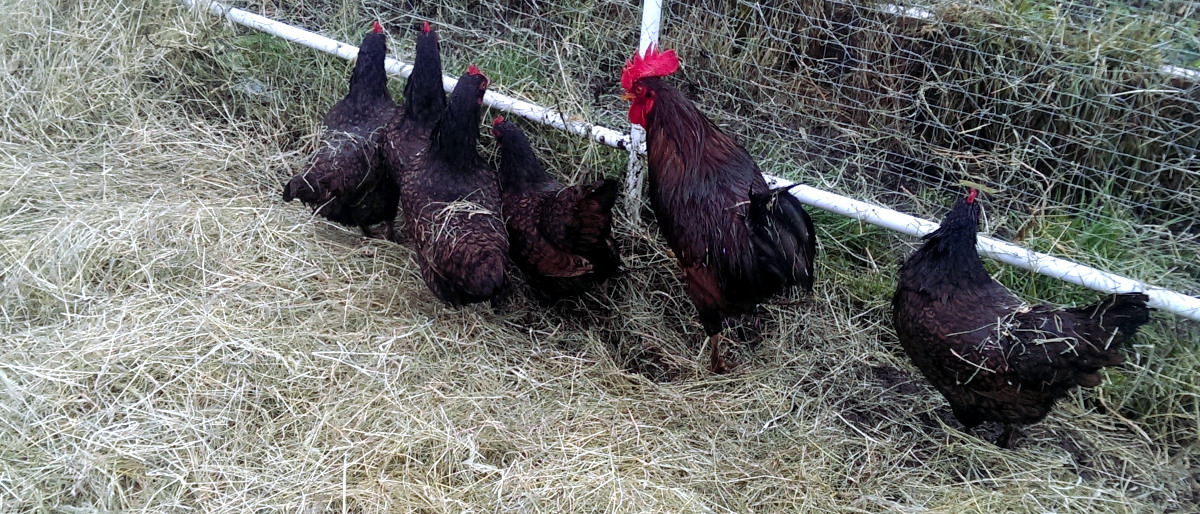
Shelled sunflower seeds are an excellent feed additive for hens that are not eating enough.
Small-scale keepers, especially in rural or developing areas, may find it harder to source affordable, quality feed, forcing reliance on suboptimal alternatives that affect chicken health and productivity.
Plant fruit trees and try to grow some of your own feed stuffs.
Prepare for wet weather and flooding:
If your run turns into a mud bath every time it rains, it’s time to improve drainage. Consider adding gravel, sand, or wood chips to keep things dry underfoot. Providing a dry shelter where they can escape the rain will also reduce the risk of illness.
Below: Marans were bred to thrive in the damp marshy coastal areas of France.
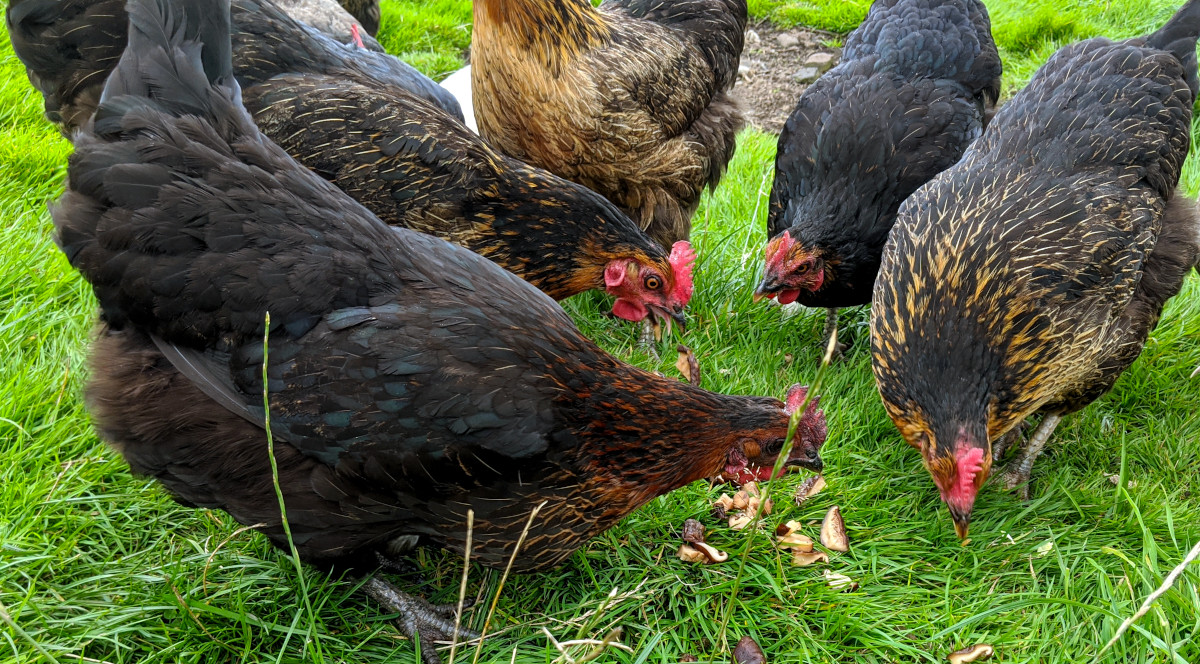
I have added a covered run with guttering to channel the water away. Raise coops up or build on higher ground and make sure there are perches up high that chickens can get to if they need to.
Keep your eyes peeled for unusual problems:
Chicken keepers will need to adopt resilient practices, such as installing climate-controlled coops, diversifying feed sources, or selecting breeds suited to local climate.
In addition we will need to look out for predators that are expanding their ranges and pests and insects that may become a problem as they move into new areas.
People stealing your eggs and birds is likely to become more of a problem in the future.
